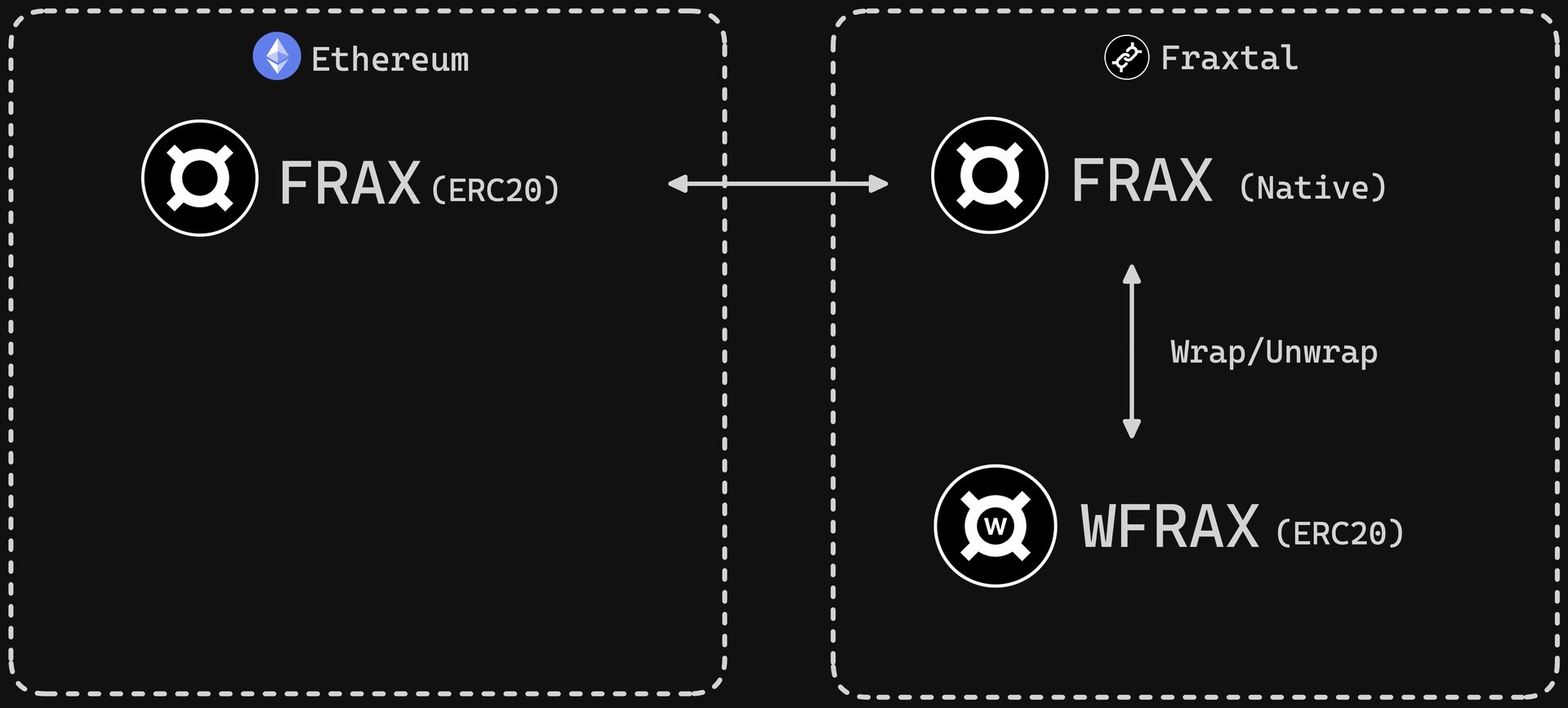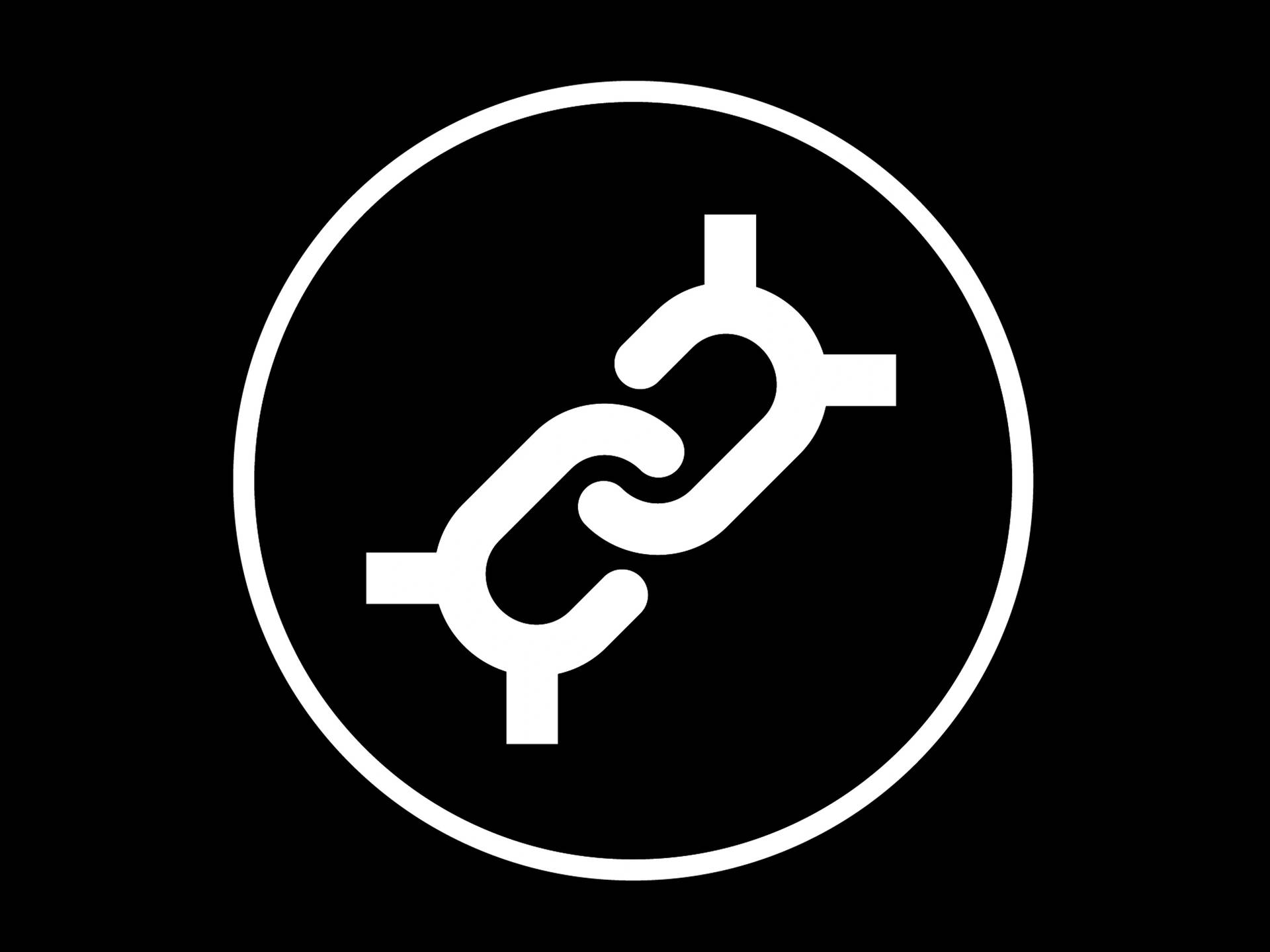위키 구독하기
Share wiki
Bookmark
Fraxtal
Fraxtal
Fraxtal(프랙스탈)은 EVM(이더리움 가상 머신) 호환 레이어 2 롤업 체인으로, 2024년 2월 8일에 출시되어 Frax Finance(프랙스 파이낸스)의 이더리움(이더리움) 혼잡을 줄입니다. 롤업은 트랜잭션을 체인 외부에서 번들로 묶어 데이터를 압축한 후 이더리움(이더리움)으로 다시 전송합니다. [2] [7]
개요
2024년 1월 인터뷰에서 Sam Kazemian(샘 카제미안)은 Frax Finance의 레이어 2 블록체인인 Fraxtal(프랙스탈) 출시를 발표했습니다. 2월 첫째 주 출시가 예정되었으며, Etherscan(이더스캔)은 Fraxscan을 통해 첫날부터 지원을 제공합니다. [3] Fraxtal(프랙스탈)은 트랜잭션을 체인 외부에서 처리하고 압축된 데이터를 이더리움(이더리움)에 제출하여 효율성을 높이고 수수료를 줄입니다. 자체 네트워크의 기본 가스 토큰으로 FRAX(프랙스)를 사용하며, Flox라는 고유한 인센티브 메커니즘을 갖추고 있습니다. Flox는 사용자와 개발자가 가스를 사용하고 네트워크의 모든 스마트 계약(스마트 계약)과 상호 작용하도록 보상합니다. 모든 에포크에서 가스를 사용하는 사용자와 가스가 사용되는 계약을 배포하는 개발자는 나중에 토큰으로 전환할 수 있는 FXTL 포인트를 얻습니다. 사용자는 처음으로 사용한 가스보다 많은 보상을 받을 수 있으며, 개발자는 dApp(탈중앙화 애플리케이션)이 사용하는 가스보다 많은 보상을 받을 수 있습니다. [5] [12] [13]
노스 스타 하드 포크
노스 스타 하드 포크(North Star Hard Fork)는 Frax Finance(프랙스 파이낸스)의 획기적인 업그레이드로, 거버넌스와 토큰 경제를 개편하여 분산화, 지속 가능성 및 장기적인 프로토콜 성장을 강화합니다. 2023년 말에 처음 제안되었고 광범위한 커뮤니티 피드백을 통해 개선된 이 하드 포크는 Frax를 이중 토큰 시스템에서 간소화된 모델로 전환합니다. 이 업그레이드는 거버넌스 비효율성을 해결하고 이해 관계자의 인센티브를 조정하며 Frax의 2025년 로드맵의 일환으로 더욱 견고한 경제적 기반을 구축하는 것을 목표로 합니다.
주요 목표에는 거버넌스 프로세스 간소화, 프로토콜 지속 가능성을 지원하는 토큰 경제 재설계, 광범위한 이해 관계자 참여 강화가 포함됩니다. 이 제안은 초기 초안(v1.0)과 최종 버전(v2.0) 사이에서 상당히 발전하여 명확한 마이그레이션 메커니즘, 개선된 인센티브 및 단계적 구현 계획을 통합했습니다. 기술적으로 이 업그레이드에는 새로운 거버넌스 계약, 토큰 통합 프로세스, 스마트 계약 및 보안 시스템을 포함한 Frax 아키텍처 전반의 개선 사항이 포함됩니다.
하드 포크의 출시는 준비, 전환, 안정화의 세 단계 전략을 따릅니다. 안전하고 최소한의 중단으로 구현을 보장합니다. 설립자 Sam Kazemian(샘 카제미안)은 노스 스타 하드 포크(North Star Hard Fork)가 얻은 중요한 교훈의 결과이며, Frax가 향후 10년간의 DeFi 발전에서 번영할 수 있도록 한다고 강조했습니다.
가스 토큰으로서의 FRAX
Fraxtal(프랙스탈)은 FRAX(프랙스)를 기본 가스 토큰으로 사용하여 사용자가 자산으로 직접 거래 수수료를 지불할 수 있도록 합니다. FRAX(프랙스)는 프로토콜의 기본 레이어 2 브리지를 통해 Fraxtal(프랙스탈)에서 얻을 수 있으며, 이더리움(이더리움) 메인넷에서 FRAX(프랙스)를 전송합니다. 자산을 이더리움(이더리움)으로 다시 브리징할 때 사용자는 메인넷에서 ERC-20 버전의 FRAX(프랙스)를 받습니다. [15]

frxETH V2
frxETH V2는 2025년 1월 11일에 출시되었으며, V2는 수익률을 더욱 높이고 검증자를 분산시킵니다. [10]
"$sfrxETH는 가장 높은 수익률을 제공하는 주요 유동성 스테이킹 ETH로, 수억 달러의 TVL이 경쟁사보다 훨씬 높은 수익을 올리고 있습니다." - 팀 트윗
"우리의 목표는 암호화폐의 탈중앙화 중앙은행이 되는 것입니다. 이를 위해서는 공급과 수요 양측 모두의 참여가 필요합니다. 우리는 V2를 완전히 처음부터 구축하여 모든 ETH 검증자가 허가 없이 참여할 수 있도록 했습니다"
frxETH V2는 익명/외부 검증자가 frxETH 시스템에 참여할 수 있도록 합니다. 그들의 모든 ETH 스테이킹 보상은 그들의 통제하에 있는 ValidatorPool 스마트 계약으로 직접 흘러 들어가므로 그들을 위해 frxETH가 생성되지 않습니다. 그러나 그들은 V1 민팅 메커니즘을 통해 들어온 ETH를 빌리는 데 사용할 수 있는 크레딧을 받습니다. 이 대출의 담보는 에스크로된 종료 메시지이며, 대출 포지션이 건전하지 않게 되면 frxETH 프로토콜에서 실행할 수 있습니다. 종료된 자금은 ValidatorPool로만 이동하고 모든 대출이 상환될 때까지 "갇히게" 됩니다. [11]
Fraxtal 포인트 시스템 (FXTL)
Fraxtal 포인트 시스템은 FXTL을 양도할 수 없는 단위로 사용하여 Fraxtal 네트워크 내에서 사용자 참여를 추적합니다. 참가자는 스마트 계약(스마트 계약)과 상호 작용하고, 새로운 프로토콜을 사용하고, 지정된 자산이나 토큰을 보유함으로써 FXTL 포인트를 얻습니다. 포인트 잔액과 수입 활동은 중앙 원장 역할을 하는 FraxtalPoints 계약에 기록됩니다. FXTL은 Fraxtal 출시 후 12개월 이내에 토큰화될 것으로 예상되지만, 독립형 스테이킹 토큰, FXS로의 전환 또는 이들의 조합 여부와 같은 최종 형태에 대한 세부 정보는 아직 발표되지 않았습니다. [6]
잘못된 내용이 있나요?
